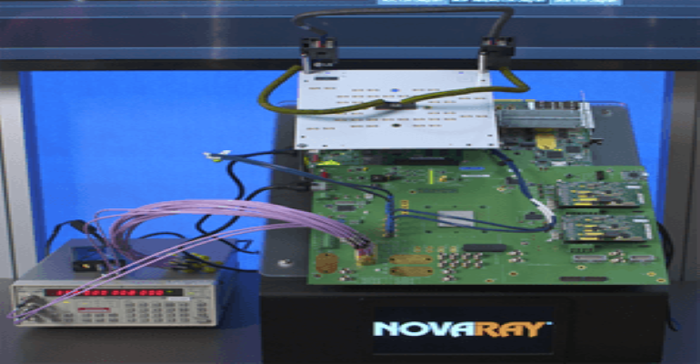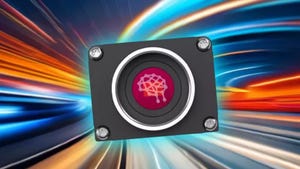The trend toward the Pulse Amplitude Modulation 4 (PAM4) multilevel signal modulation format has triggered several new hardware and software products from electronics manufacturers. \

This demonstration setup shows Samtec Flyover cable products in a 112 Gbps PAM4 system. In the PAM4 multilevel signal modulation format, each signal level represents two, not one bit of logic information.Image courtesy of Samtec
At the recent DesignCon Conference in Santa Clara, one topic that was covered in a number of technical sessions as well as in booth exhibits was PAM4 signaling. PAM4 stands for Pulse Amplitude Modulation 4 and is a multilevel signal modulation format used to transmit signals. Each signal level represents two, not one bit of logic information.
Traditionally, Non-Return-to-Zero (NRZ), a binary signal code that uses high and low signals, has been the signal modulation format for signal transmission. Simply stated PAM4 allows two bits of logic information to be transmitted vs one for NRZ.
With the march toward higher operating frequencies and signal speeds, the advantages of PAM4 are several. PAM4 can pull twice the signal of NRZ. operates on four levels compared to two for NRZ, and is suitable for high-speed Ethernet. Current disadvantages include lower signal-to-noise ratio and higher signal reflections.
Electronics companies have been developing products and technologies to help future designs to be able to use PAM4 signaling. Some of them follow below.
Spencer Chin is a Senior Editor for Design News covering the electronics beat. He has many years of experience covering developments in components, semiconductors, subsystems, power, and other facets of electronics from both a business/supply-chain and technology perspective. He can be reached at [email protected].
About the Author(s)
You May Also Like





